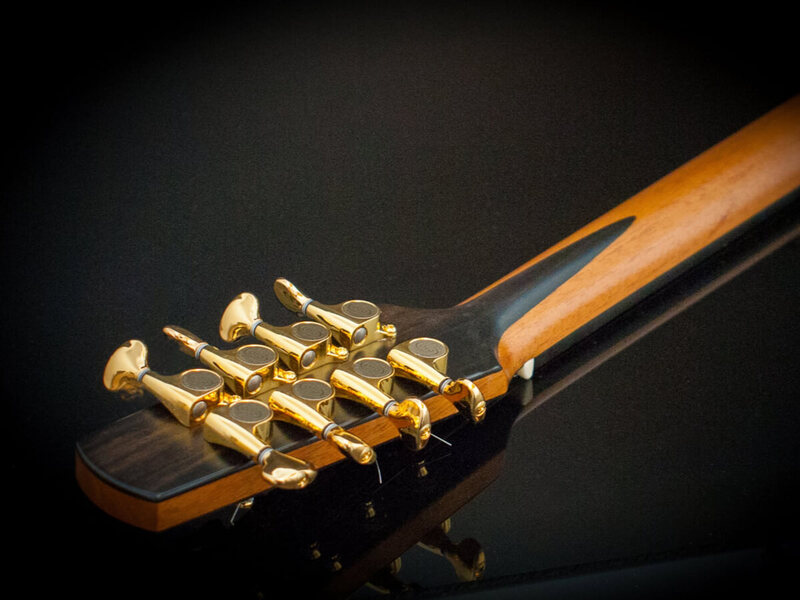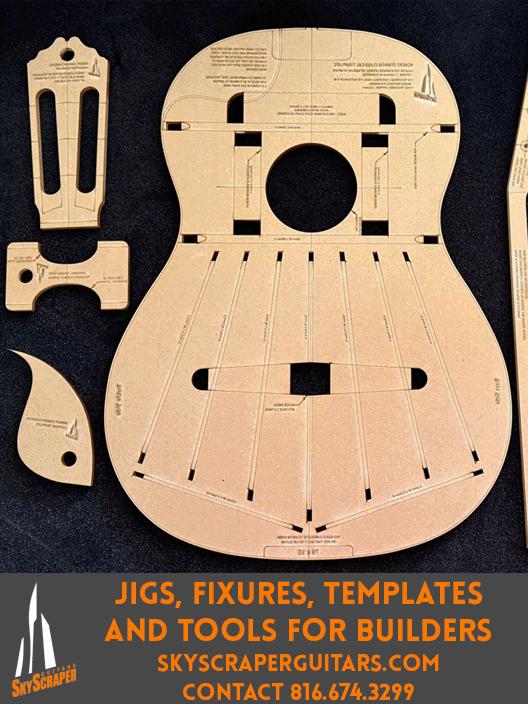Free Videos
Promo
About This Course
A well-made backstrap isn’t just decorative — it strengthens one of the most vulnerable areas of the neck, adds elegance, and signals refined craftsmanship. But making one can be daunting. In this focused mini course, luthier Nigel Forster walks you through three different methods for adding a backstrap to a guitar neck: using hand tools and a bandsaw, using simple shop machines, and using a full professional setup with precision machinery. Drawing on over 35 years of professional experience, he explains the geometry behind a clean layout, how to avoid common mistakes, and how to choose the method that best fits your tools and workflow. Whether you’re adding your first backstrap or refining your technique, this course gives you the clarity and confidence to get it right.
Learn About:
- Backstrap geometry and clean layout
- Three practical methods: hand tools + bandsaw, simple shop machines
- Full machine setup
- Avoiding common design pitfalls
- Matching the method to your shop and workflow
- Tips for safe, accurate gluing
- What makes a backstrap both strong and beautiful
- Real-world examples from Nigel’s own guitars and others.
That the backstrap adds a touch of class to my Forster mandolin is true. That and more. rev.hengsure
Feedback
×Totally recommended also if you are making luxury flamenco guitars. An ebony (or any other hard wood) backstrap has all advantages: better stability of wooden pegs, increases the little sustain of the cypress body, harder to wear because of the friction pegs... and it makes the overall simple and humble look of the back of a flamenco guitar, a little more striking. Paco
This is great stuff - i can tell most of the time that it is his work just from the photo - Way before I see his name - Michael
That the backstrap adds a touch of class to my Forster mandolin is true. That and more. rev.hengsure


